Decoding The Tail Wag
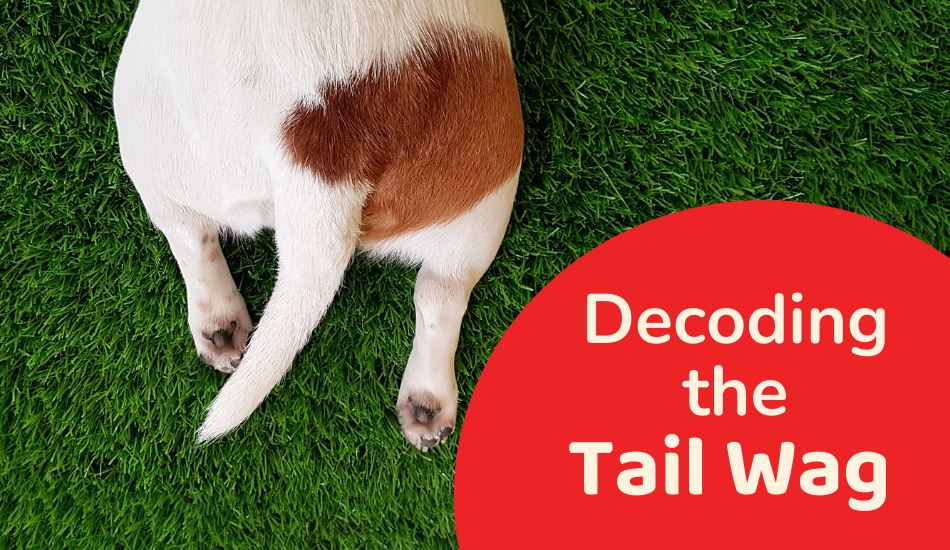
Who doesn't love the sight of a dog wagging its tail? A happy dog with a super cute tail wag is a joy to look at. And most probably, the dog is loving looking at you too! But are you sure you know what your dog is trying to tell you? The dog uses its tail as a tool that communicates the emotions your dog is feeling or experiencing. Since Zigly loves all things dog, we are here with another blog to understand our pawsome friends - dogs, better! If you want to find out and decode the tail wag, stay with us until the end!
Why do Dogs Wag their Tails?
The tail wag can be an expression of varied emotions. From happiness, feeling scared or threatened to nervousness, excitement and submission. Wagging the tail is a mode of communication for dogs. They are not born with their inherent understanding; rather, a puppy learns how to wag its tail to communicate with its mother. From communicating hunger to feeling tired, the tail wagging in the first month of a puppy’s life is about basic survival. Research has shown that the pace, speed and position of the tail convey different emotions. When a dog is mentally and physically relaxed, it will sit still, and the tail would be in a resting position. This position varies from breed to breed. When there is a jumpstart of emotions, the wagging begins.
Why do Dogs Wag for Communication?
Since dogs do not have the ability to talk or speak verbally like us humans, this is why they try to communicate messages and emotions through their body movement or, in simpler words, body language. Dogs can express and communicate through various body movements such as shifting their eyes, moving their ears, wrinkle their brows and wag their tails.
The vision of the canines or dogs is attuned to movement rather than to colours; dogs can understand and perceive different things with different types of tail wagging. The evolution in dogs has transformed the tail of dogs more visible and with several colour variations. Even in terms of fur, some tails are light while some are bushy. These features and variations help in accentuating the wagging.
Messages Exhibited by Wagging
Different tail positions indicate different messages or emotions. The movement of the tail is mainly a mode of communication. It is also important to keep in mind different dog breeds have different kinds of tails. While Pugs have coiled tails, Greyhounds have long tails which they curl in between their legs. Let's have a look at what different tail positions mean:
- Negotiation: When a dog is wagging his tail and suddenly halts or stops, that means the dog does not want to be aggressive but wants to get a threat out of the way. You will see this kind of behaviour when a stranger pets a dog or a dog is approached by someone unknown. Such a wag of the tail indicates that the dog does not want to interact with the perceived threat or person.
- Curiosity: The wagging of the tail is also often the sign of curiosity in dogs. Whenever you see your dog or any other dog holding its tail straight up horizontally, it means that the dog is curious about something.
- Agitation or Awareness: Whenever a dog becomes aware of something new or prepares themselves to something or someone new, it will stand or cock up their ears as well as raise its tail, signalling that the dog is watching and observing the thing or person that has caught its attention and is ready to face it head-on.
- Happiness: You will always notice a healthy and steady wagging tail when a dog is happy. A dog might also hold its tail in a raised position that is neither too high nor too low when it's happy.
- Submission: A dog that lowers its tail from a neutral position is trying to signal submission. If the dog further tucks the tail between its legs and lowers it more, the dog is feeling scared. A dog does this when it feels intimidated by someone or a perceived threat and does not want to be harmed.
- Aggression: Aggression or anger is communicated by the dog when it arches its back and takes the tail to a vertical position. The higher a dog raises its tail, the higher the aggression or anger it shows or communicates to its threat. When the dog raises the tail to a high position, the anal glands release more dog scent, which plays a crucial role in marking the dog’s territory to the threat of any other dog.
Apart from the various positions of the tail, there is a speed of wagging, which also indicates or communicates other emotions or behaviour. The varied speed of wags is interesting. Let's find out!
- Friendliness: Wagging the tail freely and in a more wiggly manner along with its hips means the dog is friendly or feeling friendly towards someone.
- Excitement: An excited dog will wag its tail in a very fast manner. The dog sometimes does ‘flagging’, wagging or moving the tail from slow to extremely fast. The speed of the wagging tail may increase so much that the dog and its body may seem to vibrate.
- Insecurity: A dog who wags its tail slowly or very lightly while keeping it lowered means that the dog is feeling insecure or uncertain of something or someone.
- Aggression: A dog holding its tail vertically and wagging it in a fast manner is meant to communicate or express aggression or extreme anger. A dog signalling this could be an active threat.
As a dog lover or a good pet parent, it is paramount to know the wagging of your dog's tail or other dogs so that there is no accident or misadventure.
More Than Just Communication
Apart from the tail's wagging being used for effective communication and expression of emotion, tails are also used for helping the dog stand or run properly. It assists in providing balance to the dog. When dogs run at high speed, either playfully or after something/ someone, they use their tails to help them stabilise and not fall while running so fast. Not just on the ground, but dogs use their tails while swimming too! It gives them the push or momentum required to stay above water.
This was all about the tail wag and how dogs use it differently. It is up to us to understand and respect the emotions a dog expresses. Never misinterpret a dog wagging its tail as someone who wants to be petted. Often dogs wag their tails while they are engaging or interacting with the environment around them. Zigly wants you to be 100% dog friendly and wants them to receive the love they truly deserve from us. We hope we were able to answer all your queries through this blog. If you still have any doubts, you can always get in touch with our Pawsome People who are there to give you the most Pawsome experience ever!








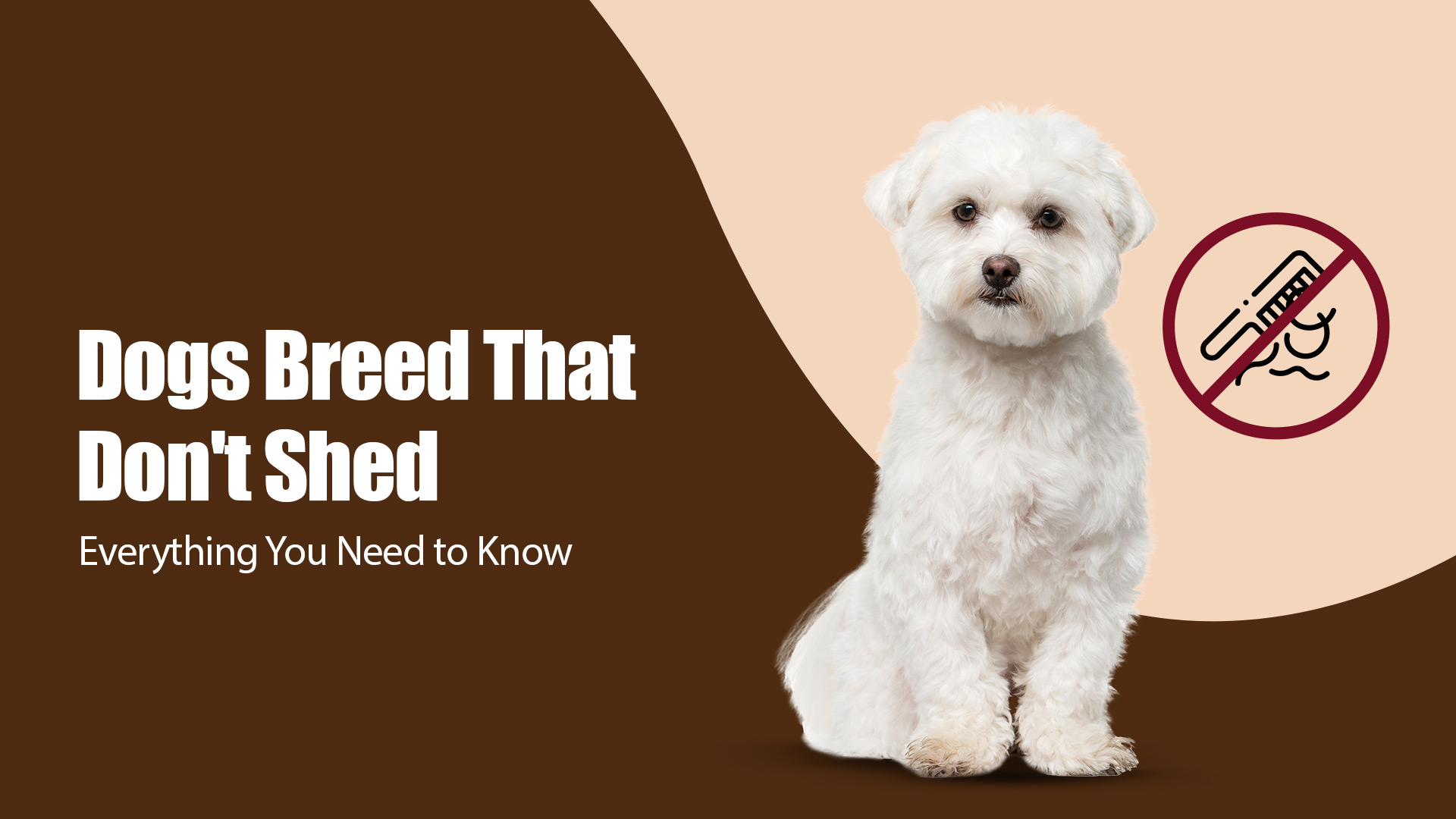
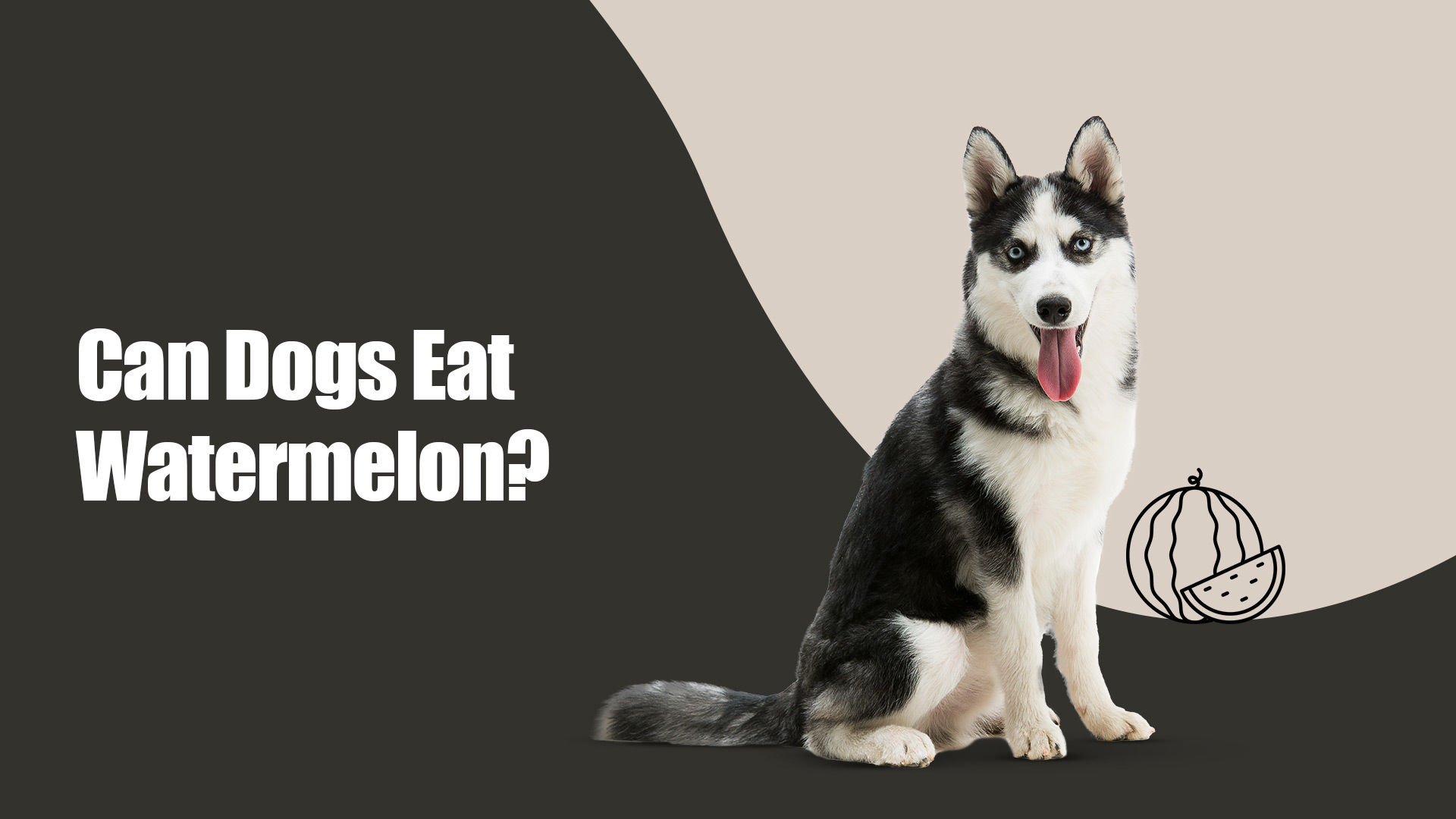
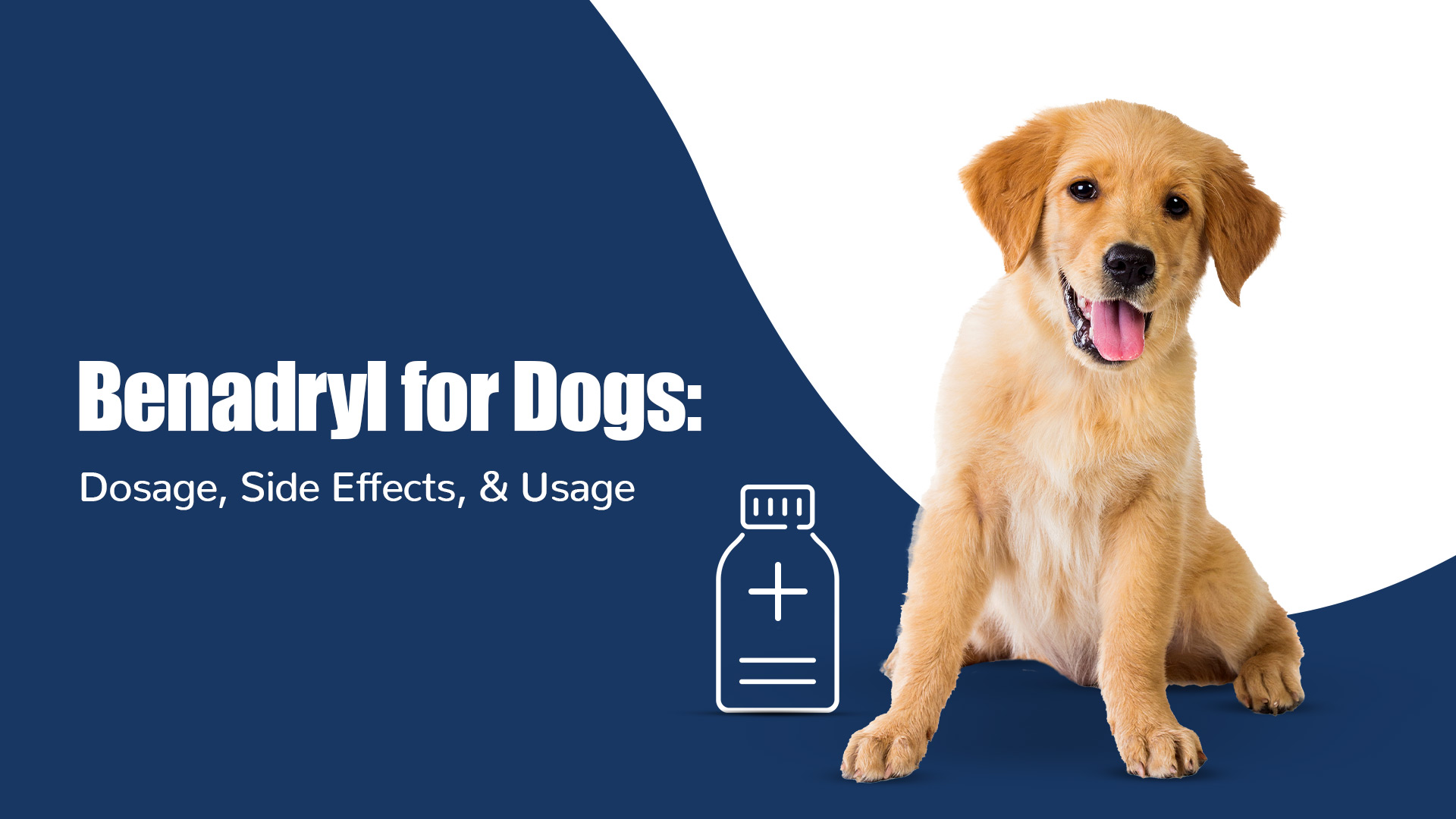
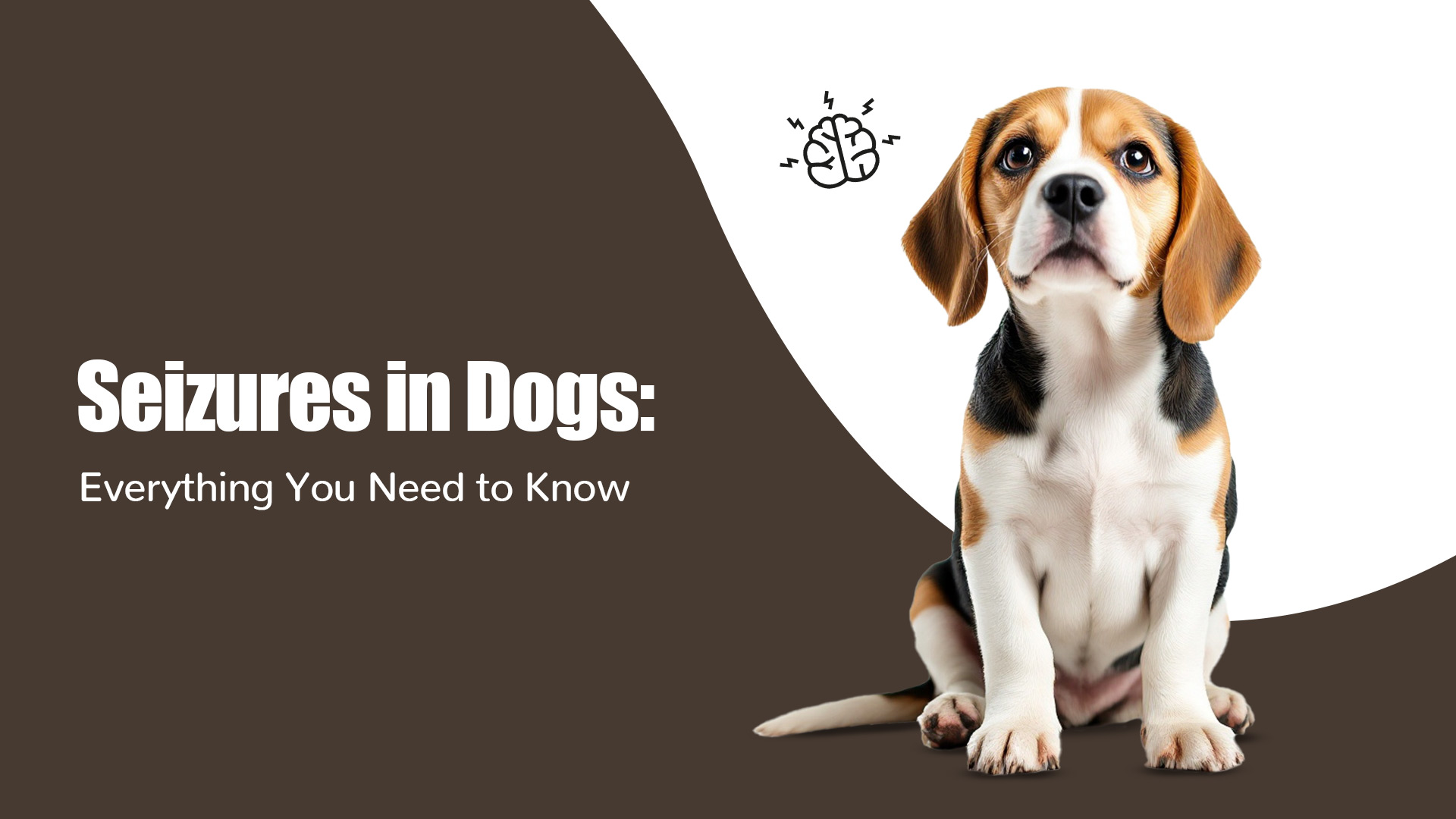





The information below is required for social login
Create New Account